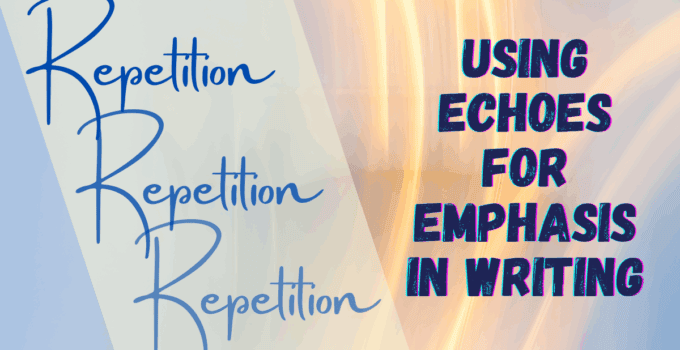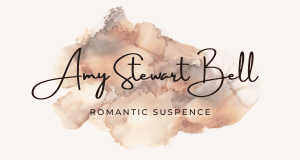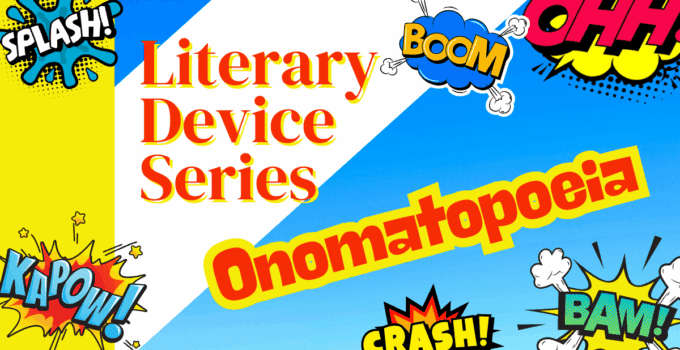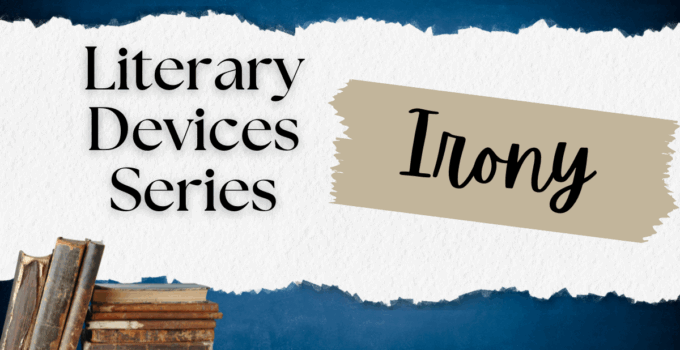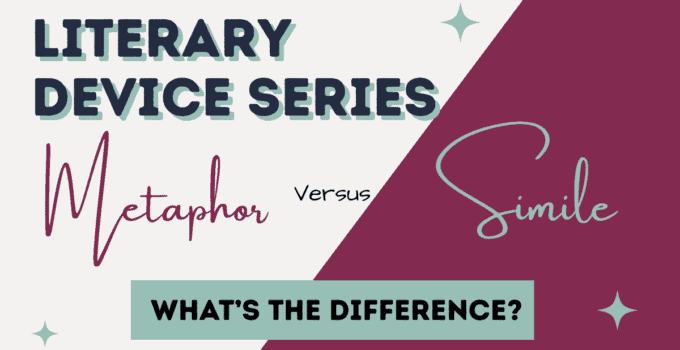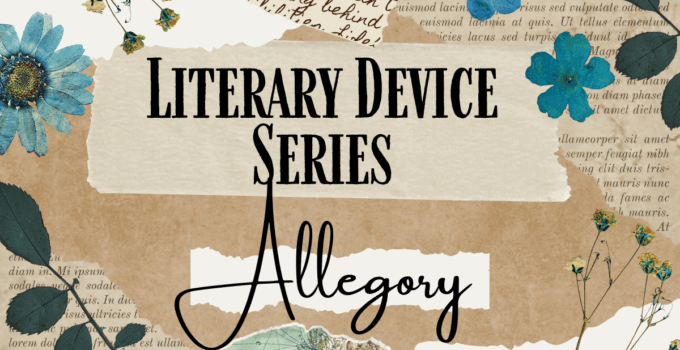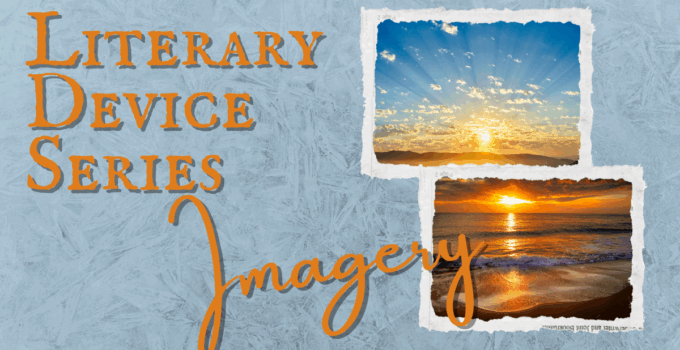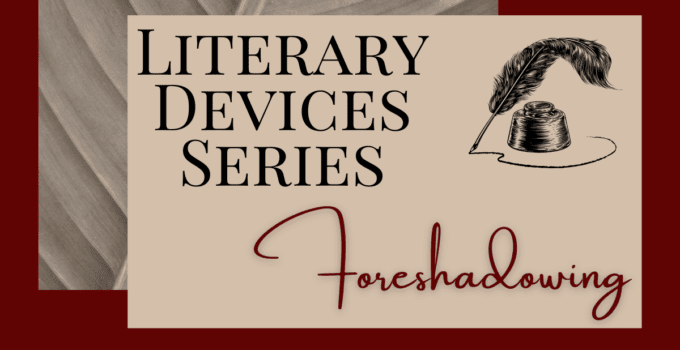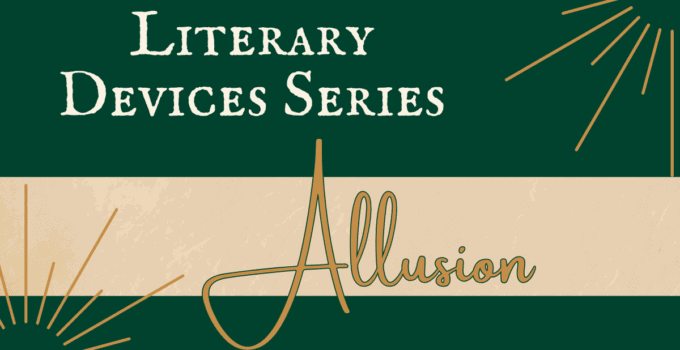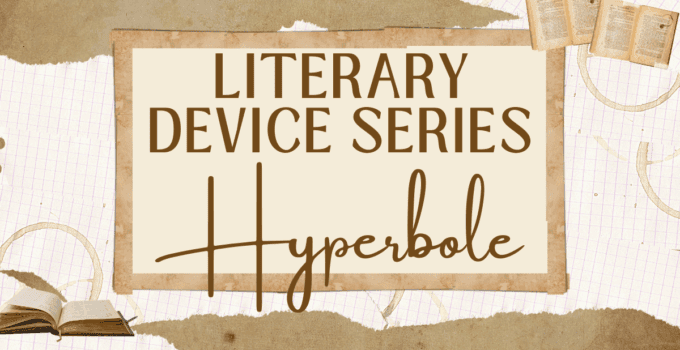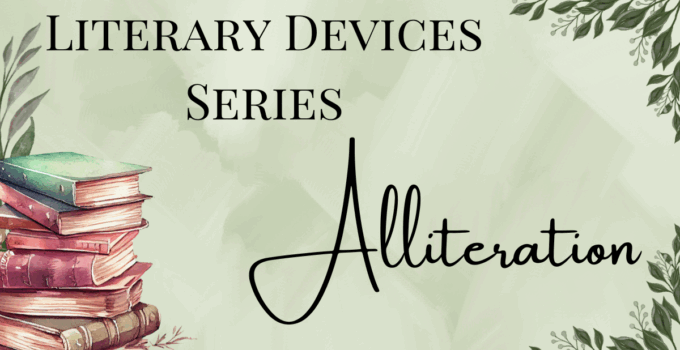Category: Writing Technique
Repetition Equals Emphasis “Never give in. Never give in. Never, never, never.”With just a few repeated words, Winston Churchill delivered one of the most unforgettable lines in modern history. …
Whether you’re writing action scenes, children’s books, or poetic verses, onomatopoeia helps readers hear the story come alive. Let’s break down what it is, how it works, and how …
Irony adds depth, humor, and even tragedy to stories by flipping expectations on their head. Whether it’s in literature, film, or real life, irony challenges our assumptions and invites …
These are two of the most beloved literary devices in any writer’s toolkit: metaphor and simile. They help us describe the world in fresh, imaginative ways—drawing comparisons that bring …
In this post, we’ll explore what an allegory is, why writers use it, and how you can spot or create one yourself. 📖 What Is an Allegory? An allegory …
Imagery allows readers to step inside your story and live it through their senses. Whether you’re crafting poetry, fiction, or creative nonfiction, mastering imagery will make your writing leap …
Have you ever reached the end of a book or movie and suddenly realized, “Wait… they hinted at this all along!” That’s the power of foreshadowing—a subtle, strategic clue …
Writers use allusions to connect their work to well-known stories, figures, or events, adding layers of significance with just a few words. Let’s break down what an allusion is, …
“I’ve told you a million times!” Of course, no one’s really said something a million times—but that’s the beauty of hyperbole. Hyperbole is one of the most expressive and …
Alliteration is one of the most engaging and accessible literary devices, used to add rhythm, mood, and emphasis to writing. Whether you’re crafting a novel, writing poetry, or brainstorming …
